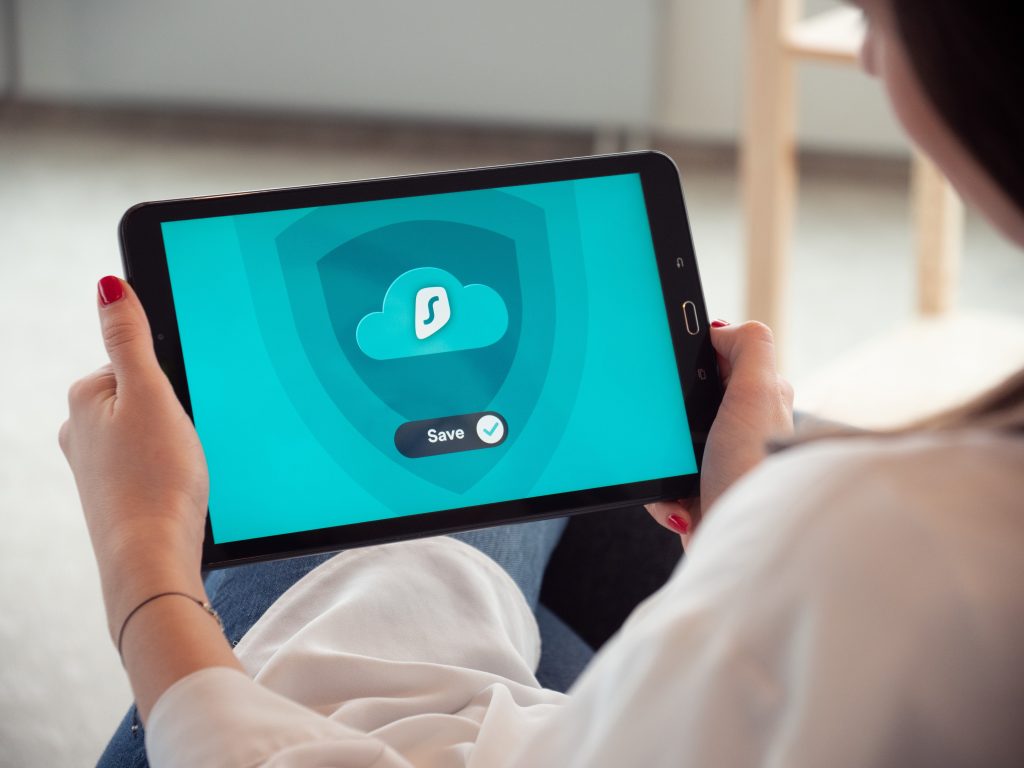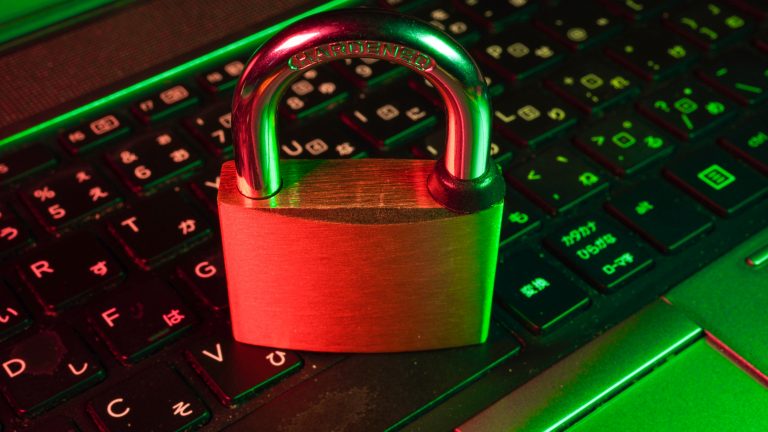Perhaps, you don’t give that much thought to your online security. After all, who’d want to get their hands on your personal data? You’re hardly rich or famous. So, what do you have to be afraid of, right?
Well, wrong. No one is inherently safe from a ransomware attack or identity theft. Not unless they take their personal data security seriously, that is.
So, it’s best to avoid thinking it won’t happen to you. There’s always a chance it might. Instead, follow these six rules to mitigate the risks.
1. Avoid Public Wi-Fi Networks at All Costs
Throughout the day, you’re surrounded by public networks – and they’re often the only option on the table. Whether you’re at the library, in class, or in your dorm room, you probably connect to a local Wi-Fi network.
Now, let’s imagine you go online to order essay on paperwriter.com using a public Wi-Fi network. Even if it’s password-protected, other users connected to the same network can get their hands on the data packets that go from your device to the website.
Since you’ll be entering your payment details on that website… Well, they can end up in the wrong hands. And you can have your money stolen from your bank account.
But how do you go online without connecting to public Wi-Fi? Or at least keep your data safe when you do? Here are a couple of guidelines for you:
- Create a hotspot on your phone to share the mobile internet connection with your laptop, tablet, or computer;
- Use a VPN to encrypt all the traffic coming in and out of your device if you connect to public Wi-Fi.
Tip. Want to know whether your login credentials popped up in any data breaches? Check them up on Firefox Monitor or HaveIBeenPwned?
2. Level Up Your Password Game
You use passwords for checking your bank account, viewing your emails, logging in to your school’s student account, and more. But if you’re not careful about the passwords you use, they can be your weak point.
Here’s what you should and shouldn’t do when it comes to passwords:
- Don’t use easy-to-guess passwords (“12345678”, “password”, or your date of birth). They can be cracked with brute force tools faster than you think;
- Do use unique passwords for every account you have;
- Don’t write them down anywhere. This means no paper trail or a Word document with all of your passwords;
- Do use a password manager like LastPass, 1Password, or NordPass. With it, you’ll have to remember only the master password.
3. Turn On Multi-Factor Authentication
Unfortunately, even if you follow every rule above, your password can still end up in the wrong hands. That’s because your login credentials are also stored on the companies’ servers. And those servers tend to be a target for hackers, too.
The good news is you can still make sure your password won’t automatically give access to your account if hackers find it out. How? By turning on multi-factor authentication, as you may have guessed by now.
This extra step in authentication can come in many forms:
- Fingerprint recognition;
- Facial recognition;
- A one-time code sent to your phone number or another device;
- A prompt window on your other device to confirm the login;
- A physical security key.
4. Don’t Neglect Installing Antivirus Software & Updates
You might think the antivirus software won’t do much for your online security, but that’s not exactly the case. Antivirus apps have a firewall and detect potentially harmful websites, files, and apps in real time.
So, if you accidentally download a Trojan horse in disguise, the antivirus will flag it as harmful and won’t let you open it. The same goes for opening websites that may contain harmful content.
Another thing you shouldn’t overlook is updating your apps (including the antivirus one) and the operating system. New vulnerabilities and viruses get revealed every day, and updates contain security patches that remove those potential exploits. (Plus, contrary to popular belief, updates can speed up your computer, laptop, or phone.)
5. Keep Your Eyes Peeled for Phishing Attempts
These days, plenty of hackers opt for social engineering rather than exploiting a vulnerability in the code to carry out their attacks. Social engineering means essentially tricking you into handing over your login credentials or other sensitive information out of your own volition.
Phishing attacks are by far the most popular method used by people with malicious intentions. You must’ve encountered at least one phishing message in your life by now. It might’ve been:
- A message on Facebook from a friend containing just a link to a file and no text;
- An email from a suspicious email address posing as your bank’s or the government’s one;
- A text message from an unknown number telling you you’ve won something.
There’s no one fool-proof way to tell whether something is a phishing scam or not. There’s no tell-tale sign that’s always present. The only rule you can establish for yourself is, “When in doubt, don’t open it, click it, or respond to it.”
6. Upgrade Your Daily Toolbox
Finally, you should take a hard look at the apps and services you use regularly. Chances are, you’re not using the most secure option on the market. Unknowingly, you might be handing over your personal data to corporations and advertisers.
For example, if you use Gmail for your email needs, Google scans the contents of your emails – and the company doesn’t exactly hide it.
Don’t know what alternatives you have? Here are some secure services that you can use on a Windows computer, a Mac, an iPhone, an Android phone, an iPad, or an Android tablet:
- Browsing: Mozilla Firefox, Tor, DuckDuckGo;
- Online search: DuckDuckGo, Quant, Brave Search;
- Email: ProtonMail, Mailfence, Hushmail;
- Messaging: Signal, Telegram, WhatsApp;
- Cloud storage: MEGA, kDrive, Dropbox.

In Conclusion
Here it is, your student’s guide on upgrading your online security. But, of course, these are just basic recommendations. Once you’re done introducing them into your life, there’s more to do.
For example:
- Limit how much personal information you share on social media;
- Back up your data regularly (to the cloud or an external drive);
- Visit only HTTPS websites with a valid certificate;
- Go to the privacy settings of all the apps and services you use and tighten them up;
- Delete unused (i.e., zombie) accounts;
- Establish a PIN for your mobile operator account to protect yourself from SIM swapping;
- Restrict access to your credit reports to prevent someone from taking a loan in your name.
